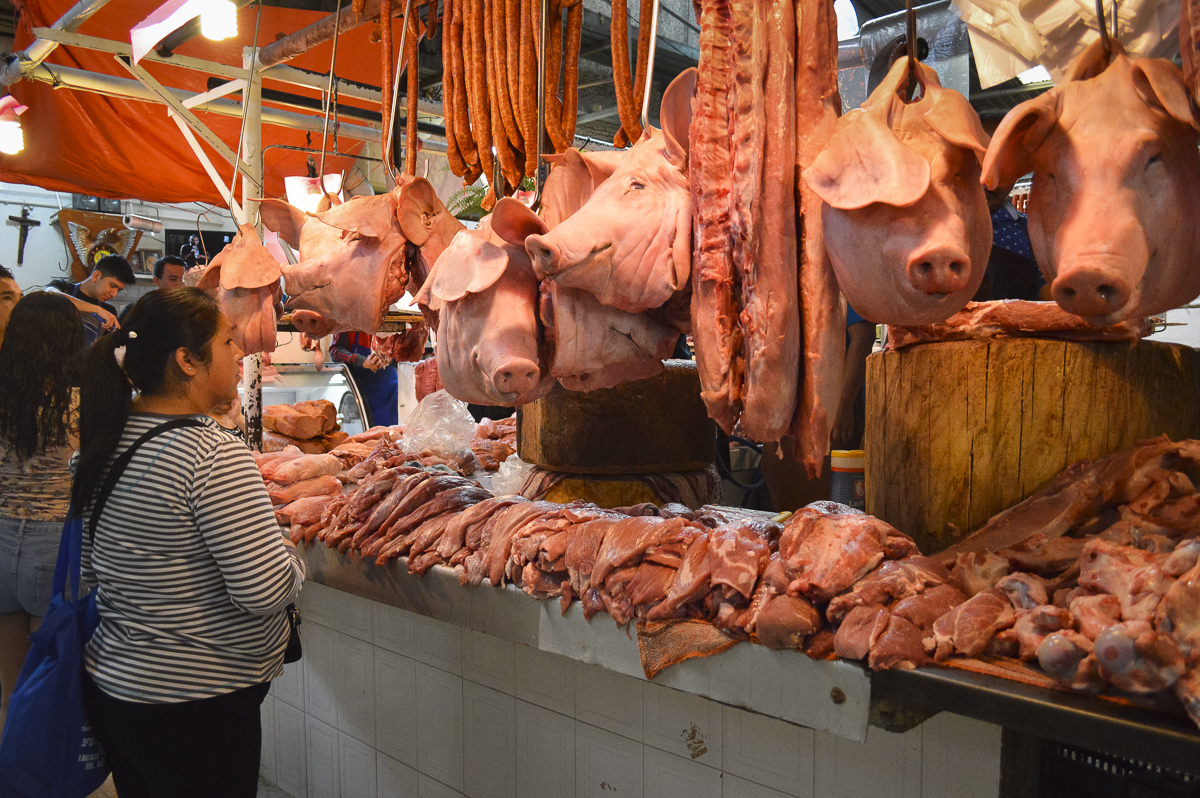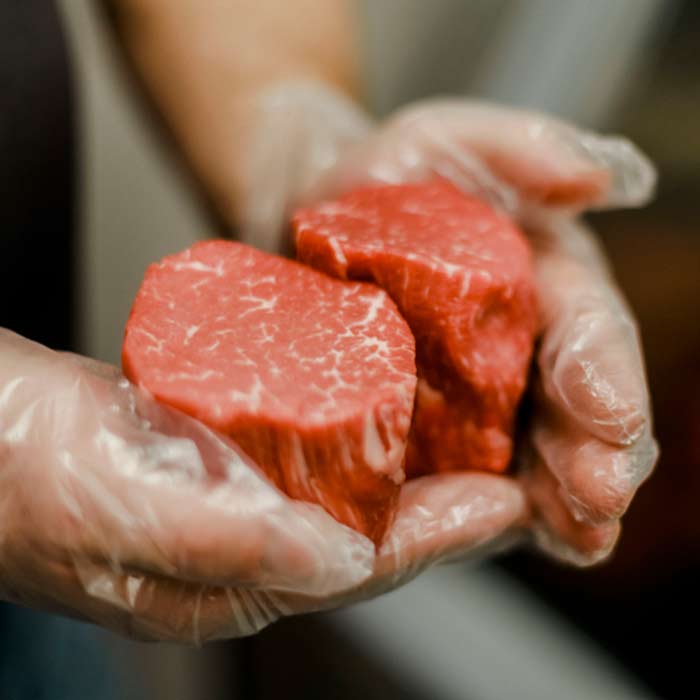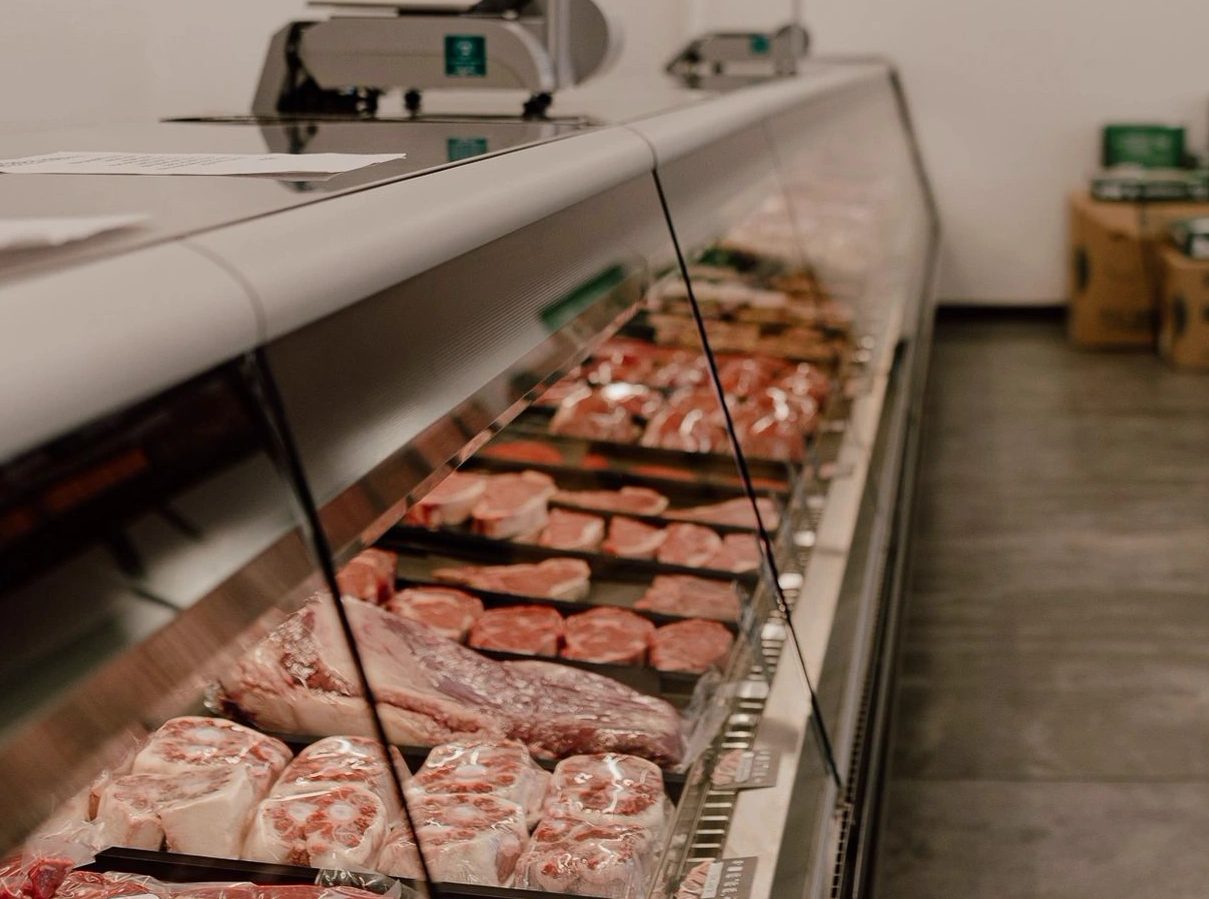Discover the Art of the Butcher's Cut in a Modern Meat Market
In the ever-evolving landscape of modern-day meat markets, the butcher's cut has transcended its conventional origins, combining olden workmanship with contemporary techniques. What truly sets the contemporary butcher apart is their ability to forge a deeper connection in between consumers and the origins of their meat.
Evolution of Butchery Techniques

The mid-20th century saw butchery methods better refined by clinical understandings right into muscular tissue biology and meat aging, improving both tenderness and preference. Advancements like vacuum cleaner product packaging and refrigeration extended product shelf-life, enabling butchers to branch out offerings and improve quality control. This duration additionally marked the surge of customized tools, such as band saws and meat slicers, which increased precision and performance in meat handling.
Digital systems currently aid in tracking animal provenance and enhancing cuts to fulfill specific consumer preferences. Additionally, a renewal in artisanal butchery has emerged, mixing typical abilities with contemporary knowledge to provide to customers seeking ethical and sustainable meat choices.

Comprehending Meat Cuts

Comprehending the details of meat cuts is important for both butchers and customers looking for top quality and worth. For butchers, accurate cuts reflect skill and regard for the craft, making sure minimal waste and optimum return.
The main categories of meat cuts include primal, sub-primal, and retail cuts. Butchers then damage these down even more into sub-primal cuts, prior to ultimately creating retail cuts readily available to consumers, like ribeye or tenderloin.
Understanding muscular tissue structure is crucial; muscular tissues made use of more frequently by the animal often tend to be harder and are best matched for slow-moving food preparation techniques, while less-used muscles, like those found in the loin, are more tender and suitable for grilling or roasting. Knowledge with these differences empowers consumers to make informed options, enhancing their cooking endeavors.
Choosing Quality Meat
Choosing the ideal meat includes more than just selecting an aesthetically appealing item from the display screen. The art of picking top quality meat needs a critical eye and expertise of specific attributes that indicate quality and quality.
Secondly, think about the marbling, which describes the white streaks of fat within the muscular tissue. Proper marbling is a vital sign of inflammation and flavor, as it melts throughout cooking, improving the meat's juiciness. Bear in mind, higher marbling often associates with premium quality cuts, such as USDA Prime.
Appearance is one more crucial factor; meat ought to really feel strong to the touch, not slimed or excessively soft. Additionally, be mindful of the aroma. Fresh meat must have a tidy, neutral odor, free from any sour or off-putting odors.
Coupling Cuts With Cooking Methods
Effectively coupling cuts of meat with the appropriate food preparation approaches is necessary for attaining ideal flavor and texture. Various cuts differ in inflammation, marbling, and connective tissue web content, each calling for particular techniques to unlock their possibility. As an example, tender cuts like filet mignon and ribeye, with their integral marbling, benefit from high-heat, quick-cooking methods such as grilling or pan-searing. These approaches enhance the meat's natural flavors and ensure a juicy finish.
Alternatively, harder cuts like brisket and chuck roast are abundant in collagen, which damages down into jelly More Help when prepared gradually. These cuts are excellent for braising or slow roasting, allowing the meat to soften in time and develop deep, complicated tastes. Likewise, cuts such as brief ribs and pork shoulder prosper with slow-cooking approaches, where prolonged cooking times change their robust appearances right into succulent recipes.
Lamb shanks and oxtail, which require prolonged cooking to tenderize, are perfect candidates for cooking or slow simmering. These techniques coax out rich, passionate flavors while preserving moisture. By recognizing the one-of-a-kind characteristics of each cut, cooks and home chefs alike can raise their cooking developments, making sure each dish is both satisfying and unforgettable.
The Butcher's Role Today
Browsing the advancing landscape of the modern-day meat market, the butcher's role today prolongs past plain prep work of cuts. Contemporary butchers are cooking craftsmens, teachers, and supporters for sustainable methods. They link the space in between the farm and the fork by making certain moral sourcing, understanding animal husbandry, and focusing on openness why not look here in the supply chain. This shift mirrors the growing consumer need for quality over amount, where provenance and animal welfare are vital.
Along with crafting precise cuts, butchers now involve directly with consumers, supplying cooking guidance and tailoring selections to match private needs and choices. Their competence in meat aging, marbling, and taste profiles equips customers to make informed choices, enhancing their culinary experiences. This tailored solution exemplifies the butcher's advancing role as a relied on advisor in the kitchen area.
Moreover, butchers are critical in decreasing waste, making use of whole pets to produce diverse products such as sausages and stocks - bagley farms meat market edwardsville il. This detailed approach not just respects the animal but additionally lines up with modern sustainability objectives. By doing this, the contemporary butcher embodies both practice and advancement, adapting to an ever-changing market while protecting the creativity and their explanation integrity of their craft

Verdict
The contemporary butcher's craft delicately weaves conventional techniques with modern developments, stressing lasting practices and honest sourcing. Proficiency in comprehending diverse meat cuts and top quality signs equips butchers to give enlightened recommendations, straightening particular cuts with optimal food preparation approaches. This expertise not only boosts cooking experiences but also reinforces the link between consumers and the beginnings of their food. By recognizing historic methods while welcoming modern needs, the butcher's duty continues to be crucial in today's innovative meat market.